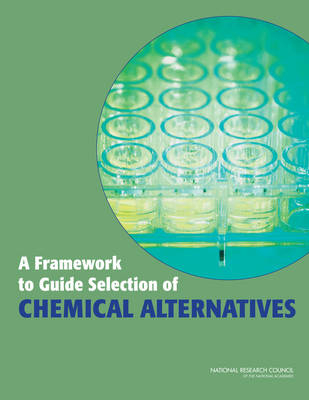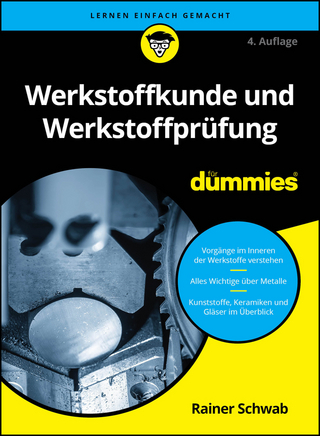
A Framework to Guide Selection of Chemical Alternatives
National Academies Press (Verlag)
978-0-309-31013-0 (ISBN)
Chemical alternative assessments are tools designed to facilitate consideration of these factors to assist stakeholders in identifying chemicals that may have the greatest likelihood of harm to human and ecological health, and to provide guidance on how the industry may develop and adopt safer alternatives. A Framework to Guide Selection of Chemical Alternatives develops and demonstrates a decision framework for evaluating potentially safer substitute chemicals as primarily determined by human health and ecological risks. This new framework is informed by previous efforts by regulatory agencies, academic institutions, and others to develop alternative assessment frameworks that could be operationalized. In addition to hazard assessments, the framework incorporates steps for life-cycle thinking - which considers possible impacts of a chemical at all stages including production, use, and disposal - as well as steps for performance and economic assessments. The report also highlights how modern information sources such as computational modeling can supplement traditional toxicology data in the assessment process.
This new framework allows the evaluation of the full range of benefits and shortcomings of substitutes, and examination of tradeoffs between these risks and factors such as product functionality, product efficacy, process safety, and resource use. Through case studies, this report demonstrates how different users in contrasting decision contexts with diverse priorities can apply the framework. This report will be an essential resource to the chemical industry, environmentalists, ecologists, and state and local governments.
1 Front Matter; 2 Summary; 3 1 Introduction; 4 2 Existing Frameworks and Approaches; 5 3 The Committee's Framework; 6 4 Scoping, Problem Formulation, and Identifying Alternatives; 7 5 Physicochemical Properties and Environmental Fate; 8 6 Comparative Exposure Assessment; 9 7 Assessment of Ecotoxicity; 10 8 Human Health; 11 9 Integration of Information to Identify Safer Alternatives; 12 10 Life Cycle, Performance, and EconomicConsiderations; 13 11 Identifying, Comparing, and Implementing Alternatives; 14 12 Case Studies; 15 13 Chemical Design: An Opportunity for Innovation; 16 References; 17 Appendix A Biographic Information of Committee Members; 18 Appendix B Ecotoxicity in Frameworks; 19 Appendix C Toxicological Priority Index (ToxPi); 20 Appendix D Overview of the GHS Classification Scheme in Hazard Classification
| Verlagsort | Washington |
|---|---|
| Sprache | englisch |
| Maße | 216 x 280 mm |
| Themenwelt | Naturwissenschaften ► Chemie |
| ISBN-10 | 0-309-31013-X / 030931013X |
| ISBN-13 | 978-0-309-31013-0 / 9780309310130 |
| Zustand | Neuware |
| Haben Sie eine Frage zum Produkt? |
aus dem Bereich


